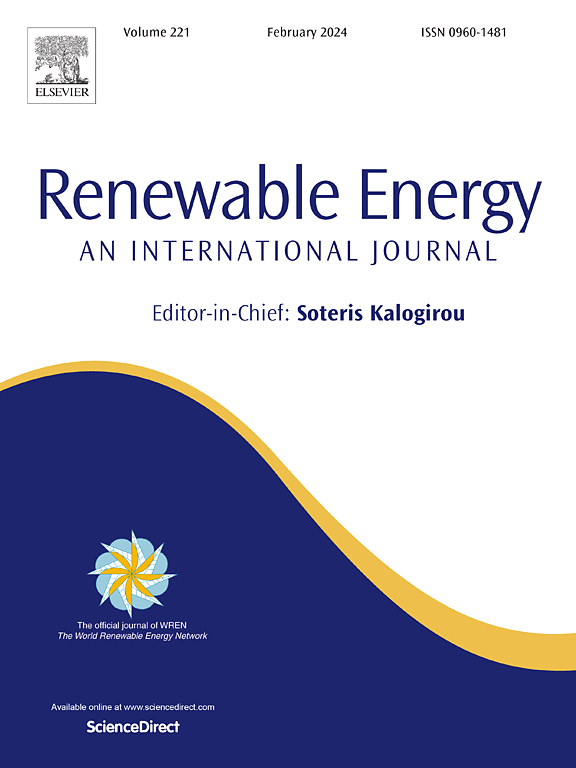中国稀土供应与欧洲清洁能源转型的相互作用:地缘政治背景分析
IF 9.1
1区 工程技术
Q1 ENERGY & FUELS
引用次数: 0
摘要
欧洲清洁能源部门大约98%的稀土材料来自中国。我们研究了1990年至2020年中国稀土供应对欧洲可再生能源,特别是太阳能和风能行业的影响。利用引力模型,我们发现在市场看涨期间,中国稀土供应与欧洲太阳能之间存在正相关关系。考虑到全球和中国特有的地缘政治风险,在熊市期间,风能行业也出现了类似的反应。我们还观察到中国经济增长与欧洲矿产供应之间存在负相关关系,欧洲收入增长没有显著影响。此外,经济的成倍增长对中国的矿产供应产生了负面影响。该研究还揭示了油价、稀土出口价格、地缘政治风险与中国矿产出口之间的正相关关系。距离对风模型的供给动态有负向影响,而对太阳模型没有负向影响。然而,这项研究的独创性在于,它将中国作为欧洲清洁能源转型的稀土供应商的角色纳入了一个重力模型。值得注意的是,本研究提供了潜在的贸易见解,并制定了一个经济政策含义框架,以确保中国稀土的稳定供应,以实现欧洲的绿色交易目标,同时解决相关的地缘政治风险。本文章由计算机程序翻译,如有差异,请以英文原文为准。
Interplay of Chinese rare earth elements supply and European clean energy transition: A geopolitical context analysis
The European clean energy sector sources approximately 98 % of its rare earth materials from China. We examine Chinese rare earth supply's effect on European renewable energy, particularly solar and wind sectors from 1990 to 2020. Using the gravity model, we find a positive correlation between China's rare earth supply and European solar energy during bullish markets. A similar response is seen in wind energy during bearish markets, considering global and China-specific geopolitical risks. We also observe a negative correlation between China's economic growth and mineral supply to Europe, with European income growth having no significant impact. Additionally, multiplicative economic growth negatively impacts Chinese mineral supply. The study also reveals a positive link between oil prices, rare earth export prices, geopolitical risks, and China's mineral exports. Distance negatively affects supply dynamics in the wind model but not in the solar model. However, the originality of this study lies in its examination of China's role as a rare earth supplier for Europe's clean energy transition, integrated into a gravity model. Significantly, this research provides potential trade insights and formulates an economic policy implication framework to guarantee a steady supply of China's rare earths for Europe's green deal objectives, while addressing the associated geopolitical risks.
求助全文
通过发布文献求助,成功后即可免费获取论文全文。
去求助
来源期刊

Renewable Energy
工程技术-能源与燃料
CiteScore
18.40
自引率
9.20%
发文量
1955
审稿时长
6.6 months
期刊介绍:
Renewable Energy journal is dedicated to advancing knowledge and disseminating insights on various topics and technologies within renewable energy systems and components. Our mission is to support researchers, engineers, economists, manufacturers, NGOs, associations, and societies in staying updated on new developments in their respective fields and applying alternative energy solutions to current practices.
As an international, multidisciplinary journal in renewable energy engineering and research, we strive to be a premier peer-reviewed platform and a trusted source of original research and reviews in the field of renewable energy. Join us in our endeavor to drive innovation and progress in sustainable energy solutions.
 求助内容:
求助内容: 应助结果提醒方式:
应助结果提醒方式:


